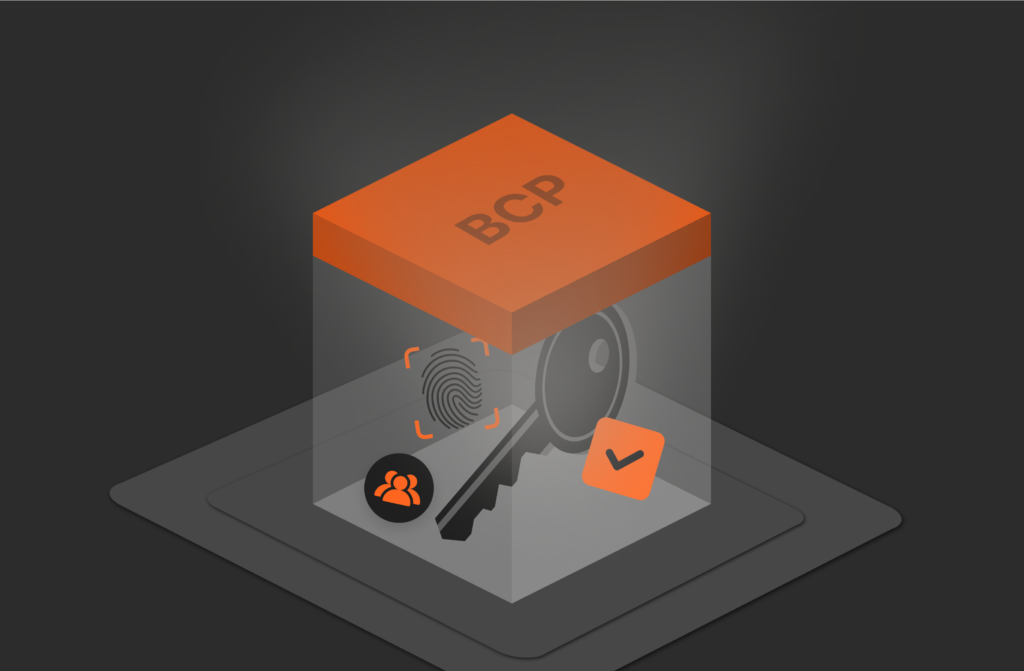Virtualization technology has made it possible for organizations to optimize server, compute, and network resources. By enabling multiple instances of operating systems and applications to run on a single host, virtualization has significantly improved deployment speed, resource utilization, and IT flexibility while reducing capital and operating expenses. At the heart of virtualization platforms is a software layer called a hypervisor. In this blog post, we’ll explore what a hypervisor is, the different types of hypervisors available for virtualization, and their use cases.
What Is Virtualization?
Virtualization is a technology that enables multiple virtual instances of an operating system or application to run on a single host machine. By abstracting hardware resources such as CPU, memory, and storage, virtualization software can isolate and allocate resources dynamically to different virtual machines (VMs), making each VM appear to be a unique and independent system.
Server, Network, and Compute
Virtualization can be applied to three major categories of infrastructure—servers, storage, and networks. Server virtualization is the most well-known example. It enables multiple virtual servers to run on a single physical server and is used extensively for everything from enterprise applications to web hosting.
What Is a Hypervisor?
A hypervisor, also known as a virtual machine monitor, is a software layer that sits between the physical host machine and the virtual machines running on it. The hypervisor’s job is to abstract hardware resources and present them to the virtual machines as if they were running on a physical machine. In the following subsections we’ll take a closer look at the two main types of hypervisors—Type 1 and Type 2.
What Is a Type 1 Hypervisor?
Type 1 hypervisors are also known as bare-metal hypervisors since they run directly on the host’s hardware, bypassing the host operating system. They provide excellent performance and support for a wide range of guest operating systems. Type 1 hypervisors are the most popular type of hypervisor for server virtualization in enterprise environments and provide the best balance of performance and flexibility. Some examples of popular Type 1 hypervisors include VMware ESXi, Microsoft Hyper-V, and Citrix Hypervisor.
What Is a Type 2 Hypervisor?
Type 2 hypervisors are host-based hypervisors that run within a host operating system, making them less performant than Type 1 hypervisors. However, they’re easier to manage and can be installed on a wider range of hardware. Type 2 hypervisors are more common for desktop virtualization use cases.
Comparison between Type 1 and Type 2 hypervisors
Understanding the differences between Type 1 and Type 2 hypervisors is crucial when navigating the landscape of virtualization technology. Appropriate selection is based on individual or organizational needs. In this section we’ll take a closer look at how Type 1 and Type 2 hypervisors compare in terms of performance, security, use cases, setup and management, and hardware requirements.
Performance
Type 1 Hypervisors are renowned for their superior performance, attributed to their ability to run directly on host hardware, eliminating the intermediary of an underlying operating system. This direct interaction with hardware resources facilitates optimal resource allocation and management, minimizing overhead and latency, making them the ideal choice for enterprise environments where high performance is non-negotiable, such as in data centers and extensive virtualization deployments.
Conversely, Type 2 Hypervisors may exhibit compromised performance due to the additional layer of the host operating system, resulting in increased overhead and potential resource contention. They are more suited for less resource-intensive applications and are typically employed for development, testing, and smaller-scale deployments where peak performance is not the primary concern.
Security
In terms of security, Type 1 Hypervisors have the upper hand, offering enhanced security due to their smaller attack surface and reduced vulnerability, stemming from the absence of an underlying operating system. Their isolation from potential OS-level threats and exploits makes them the preferred choice in high-security scenarios, such as financial institutions and government agencies.
On the other hand, Type 2 Hypervisors are inherently more susceptible to security risks due to their dependency on the host operating system. Any vulnerabilities present in the host OS can potentially compromise the security of the hypervisor and, subsequently, the guest VMs, making them more suitable for environments where stringent security is not a critical factor, like personal use or educational settings.
Use cases
Type 1 Hypervisors are predominantly deployed in enterprise and server environments, maximizing resource utilization and efficiency by allowing multiple VMs to operate on a single physical machine. Their high availability, reliability, and scalability make them apt for applications in cloud computing and server virtualization.
In contrast, Type 2 Hypervisors find their niche in vir development, testing, and educational environments, enabling users to run multiple operating systems on a single desktop or laptop. They are the go-to option for personal use or smaller organizations with limited virtualization needs and resources.
Setup and management
The setup and management of Type 1 Hypervisors demand a more sophisticated and knowledgeable approach due to their direct interaction with hardware resources. They are typically managed through remote management tools or command-line interfaces, requiring a higher level of technical proficiency.
Type 2 Hypervisors, being software applications operating on an existing operating system, offer ease of installation and management, allowing users to leverage familiar OS interfaces and tools for configuration and management, making them suitable for users with basic technical knowledge and those seeking user-friendly virtualization solutions.
Hardware requirements
Type 1 Hypervisors necessitate dedicated and robust hardware with ample resources to effectively support multiple VMs and their workloads. They often benefit from hardware-assisted virtualization technologies to enhance performance and resource management.
Type 2 Hypervisors, on the other hand, are more lenient with hardware requirements and can operate on standard desktops or laptops with moderate resources, making them ideal for users with limited hardware resources or those seeking cost-effective virtualization solutions.
Popular Hypervisor Providers
Some popular hypervisor providers in the market include VMware, Microsoft, Citrix, and Oracle. These providers offer enterprise-scale solutions for server virtualization that provide high performance and scalability.
Free and Open Source Hypervisor Providers
For organizations that prefer free and open source software, there are several options for hypervisor providers, including KVM, Xen, VirtualBox, and Proxmox. These hypervisors offer robust functionality and are widely used in production environments.
Conclusion
Hypervisor technology is a key enabler for virtualization solutions. Choosing the right type for your application requires understanding the use case, performance requirements, and infrastructure constraints. In this blog post, we’ve explored the different types, their use cases, and some popular providers for both enterprise and open source environments. By deploying virtualization solutions with the appropriate one, organizations can achieve greater IT flexibility, resource utilization, and cost savings.

Modern Hybrid Cloud Solutions
Seamless Cloud Mobility
Unify cloud and on-premises infrastructure with a modern data platform.
Resiliency, Redundancy, Rebuilding
Learn the three Rs of data storage and why they are important for a healthy data system.






